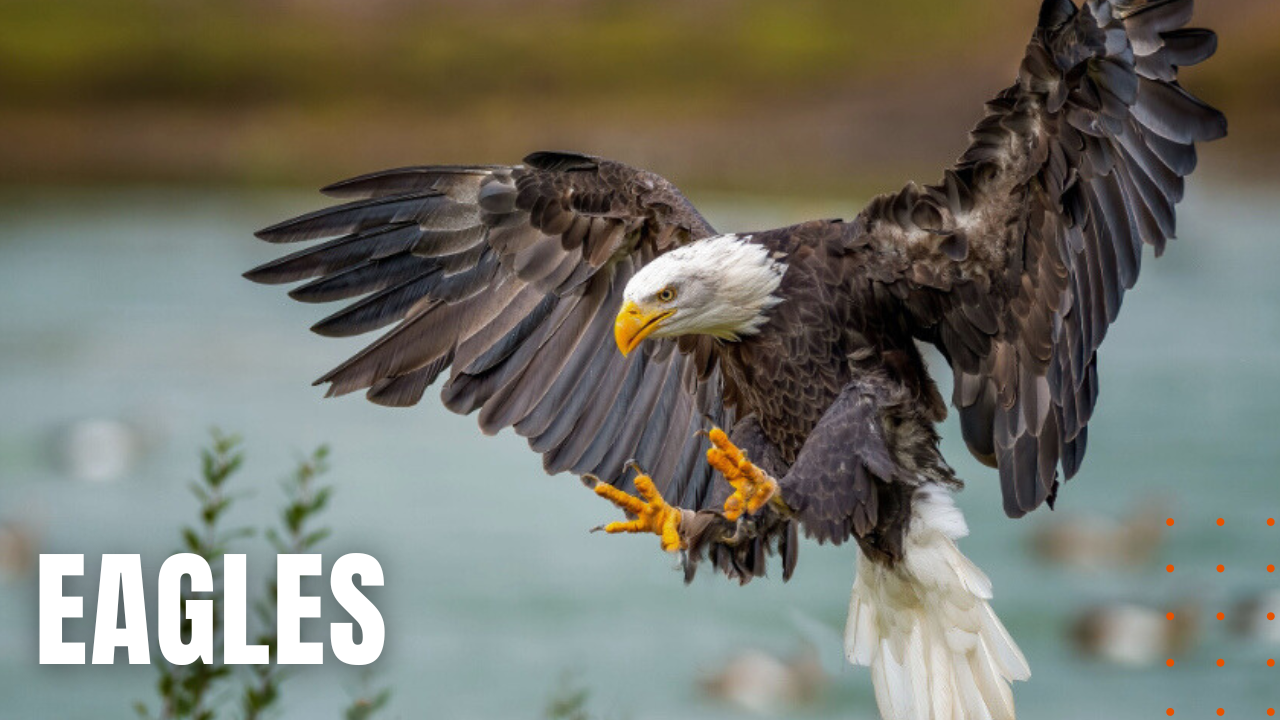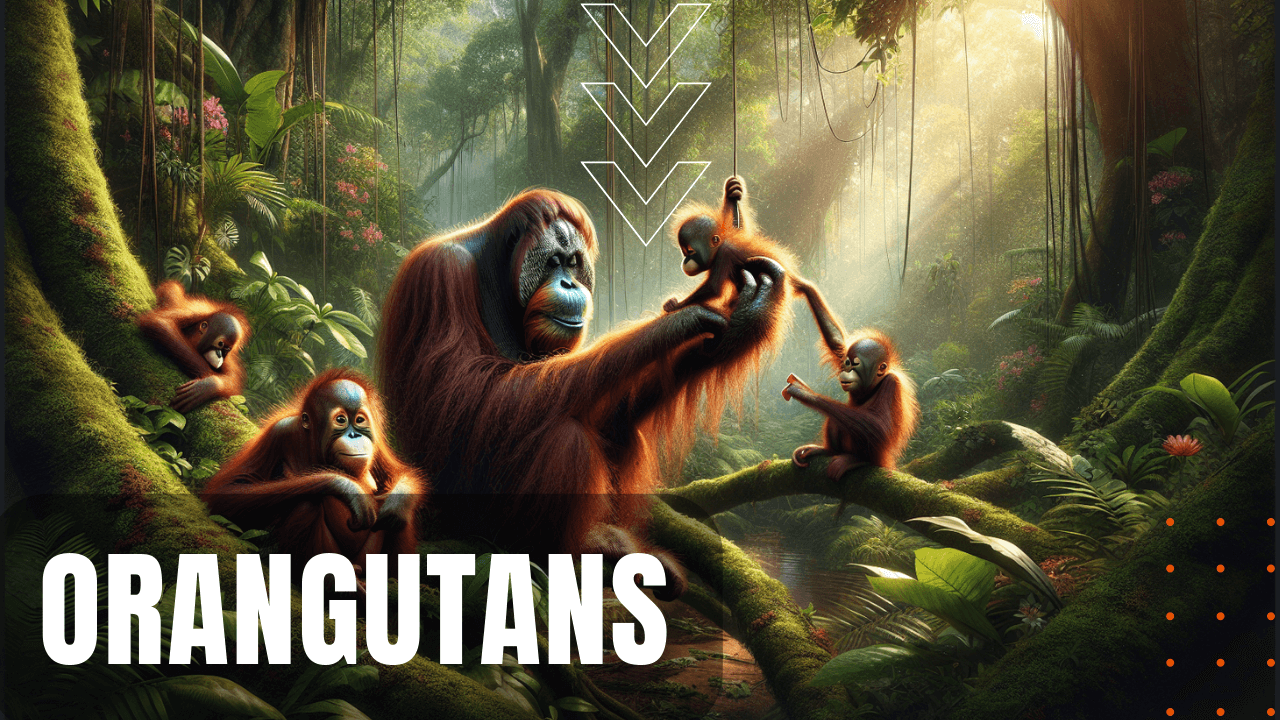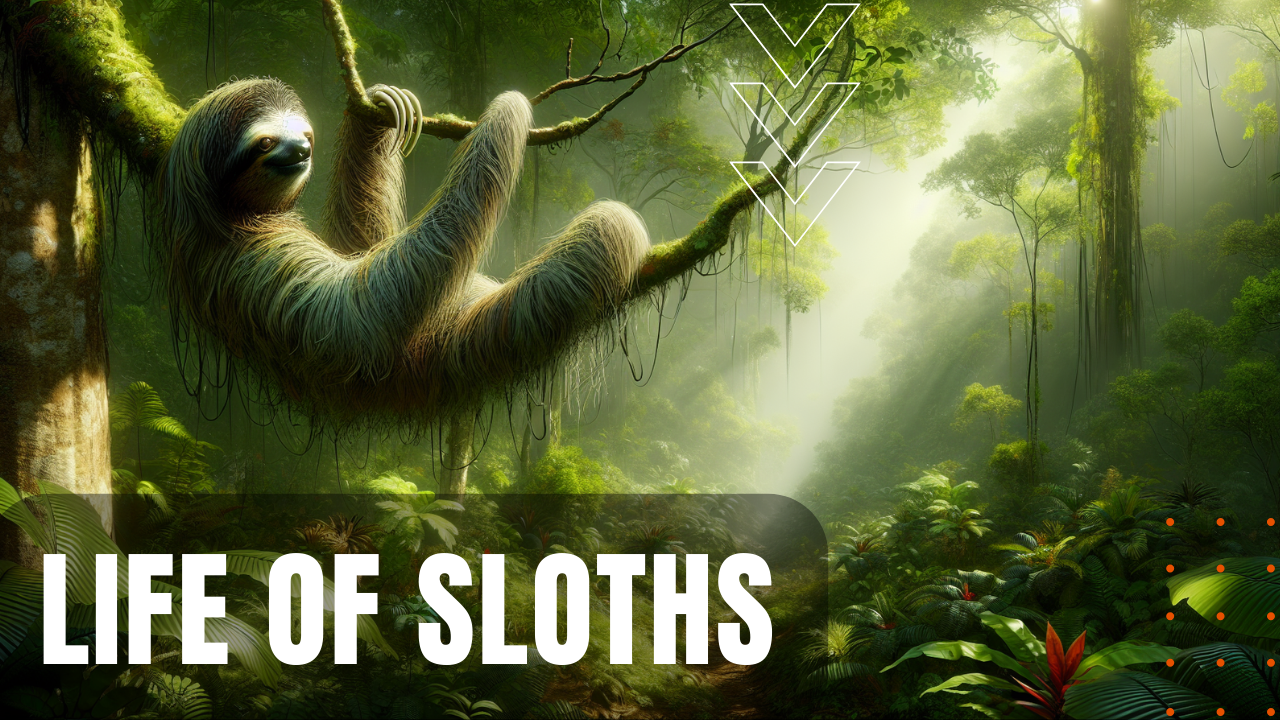-
August 14, 2024
The Life of Eagles
Eagles are large, powerful birds of prey known for their keen vision and strong talons. They belong to the family Accipitridae and inhabit diverse habitats worldwide. Eagles typically have robust, hooked beaks and impressive wingspans, allowing them to soar at high altitudes while hunting.
-

-
August 12, 2024
Microseism: A Heartbeat in the Earth
In 1961, geologist Jack Oliver discovered a 26-second microseism pulse originating from the southern Atlantic, notably stronger during the southern hemisphere’s winter. Subsequent research pinpointed the source to the Gulf of Guinea. Theories suggest either ocean currents or the São Tomé volcano as the cause, sparking ongoing scientific debate.
-

-
July 15, 2024
The Physics of Electromagnetism
Electromagnetism is one of the fundamental principles governing our physical world. Learn the behavior of electric and magnetic fields, their interactions with matter, and their applications in technology, ranging from electricity generation to telecommunications and beyond.
-

-
July 10, 2024
The Life of Orangutans
Orangutans are intelligent primates native to Indonesia and Malaysia, primarily found in rainforests. They are known for their distinctive red fur and highly developed tool use. Facing threats from habitat destruction and illegal wildlife trade, orangutans are critically endangered, emphasizing the urgent need for conservation efforts.
-

-
July 8, 2024
The Physics of Balance
Explore the principles and forces involved in maintaining stability and balance in various systems, from simple mechanical structures to complex biological organisms. Covering concepts such as equilibrium, center of gravity, and rotational dynamics, illustrating how these elements contribute to achieving and sustaining balance.
-

-
July 4, 2024
Breakthroughs in Antibody Drug Development
Recent advancements in antibody drug development have significantly enhanced treatment options for various diseases, including cancer and autoimmune disorders. These breakthroughs involve innovative technologies that improve drug efficacy, specificity, and patient response, paving the way for more personalized and effective therapies.
-

-
July 2, 2024
The Life of Sloths
Sloths are arboreal mammals known for their slow movement and spending most of their lives hanging upside down in the trees of the tropical rainforests of South and Central America. They have a low-energy diet of leaves and a slow metabolism, adapting well to their ecological niche.
-
